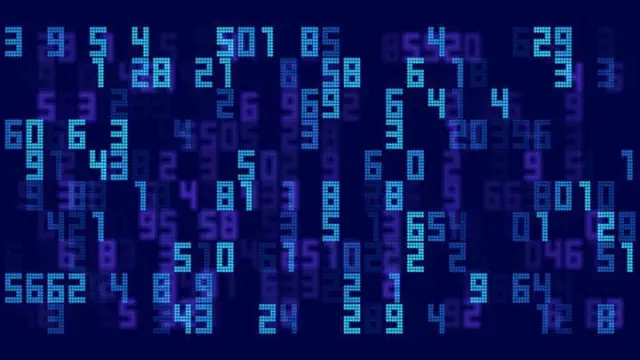I plotted the logarithm of the first $n$ twin primes and noticed that they form an approximately logarithmic curve. Here is the plot up to 1000 and here is a plot up to 200,000
The red curves represent logarithmic functions derived through the least squares fitting technique, and they appear to align remarkably well with the data. Unfortunately, I lack the time and computational resources to delve into the behavior of the coefficients of the fitting logarithmic curve. Nonetheless, I will provide the values for three of the curves:
对于$n = 1000$,函数可以表示为:$f(x) = 0.6815857245894931 + 1.4145564491070595 \ln(x)$。
$n = 75,000: f(x) = 2.0738728912304074 + 1.2071826228826743 \cdot \ln(x)$
$n = 200,000: f(x) = 2.304380281352694 + 1.1832161536652268 \cdot \ln(x)$
It's difficult to determine the limit of this series without performing additional calculations, but I'm truly curious about its convergence. Unfortunately, I don't have the time to delve deeper into this right now, so I hope others will find it intriguing.










